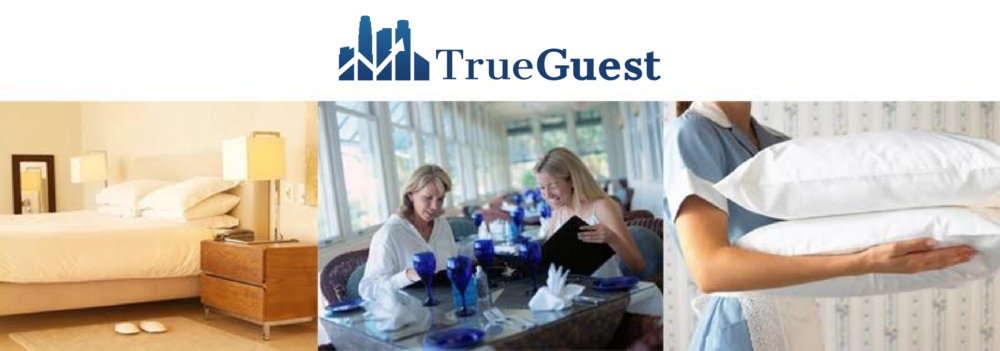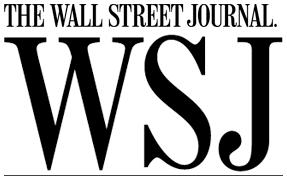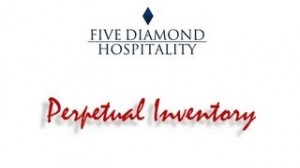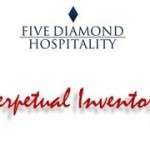Dear TrueGuest,
I am a food and beverage manager at a hotel with two bars. Can you tell me some ways that we can increase our revenues? We are obviously a little bit slower lately, but is there anything that we can do to help?
The selling area of a bartender’s service is always overlooked. These selling standards are extremely important to generating higher revenues. Bartenders can come across as uncaring and unfriendly if they just approach and ask guests, “What can I get for you?” They also will not sell much more than the minimum guest order. Most hotel bars are not like bars or nightclubs that stand alone. People usually expect more from a hotel bar. The service of a bartender should be similar to that provided by servers to a table of guests that are eating. There are many selling standards that should be in place for each time a guest arrives at the bar. This includes practices such as offering your drink menu to guests whether they know what they want or not, providing a food menu, suggesting any specialty drinks, offering more beverages, and offering bar snacks. Each of these practices has its own effect and benefit on your bartender’s guest service as well as revenues. Here is a breakdown.

 The Wall Street Journal posted a great article on the rise of employee theft as a result of the recession. You can read the entire article on MSN’s Money page here. The article reports that ‘New research shows that employers are seeing an increase in internal crimes, ranging from fictitious sales transactions and illegal kickbacks to the theft of office equipment and retail products meant for sale to customers.’ The article also mentions that ‘To many employers’ chagrin, the workers guilty of the most grandiose theft frequently turn out to be those deemed to be highly trustworthy’.
The Wall Street Journal posted a great article on the rise of employee theft as a result of the recession. You can read the entire article on MSN’s Money page here. The article reports that ‘New research shows that employers are seeing an increase in internal crimes, ranging from fictitious sales transactions and illegal kickbacks to the theft of office equipment and retail products meant for sale to customers.’ The article also mentions that ‘To many employers’ chagrin, the workers guilty of the most grandiose theft frequently turn out to be those deemed to be highly trustworthy’. Our new training video on Perpetual Beverage Inventory is now available for free. You can also download the excel template as well as written instructions.
Our new training video on Perpetual Beverage Inventory is now available for free. You can also download the excel template as well as written instructions.
 Perpetual Beverage Inventory How-To Video
Perpetual Beverage Inventory How-To Video